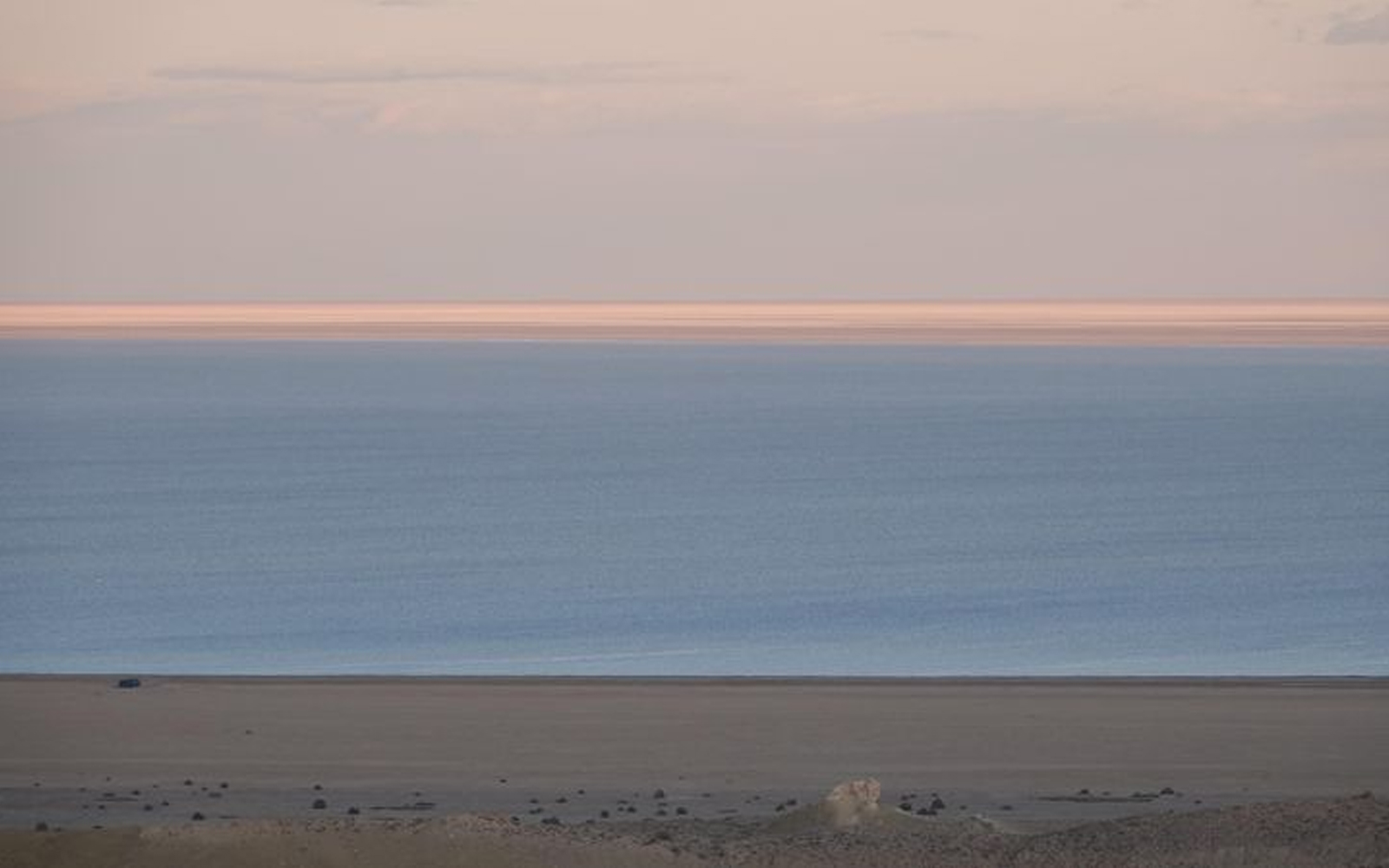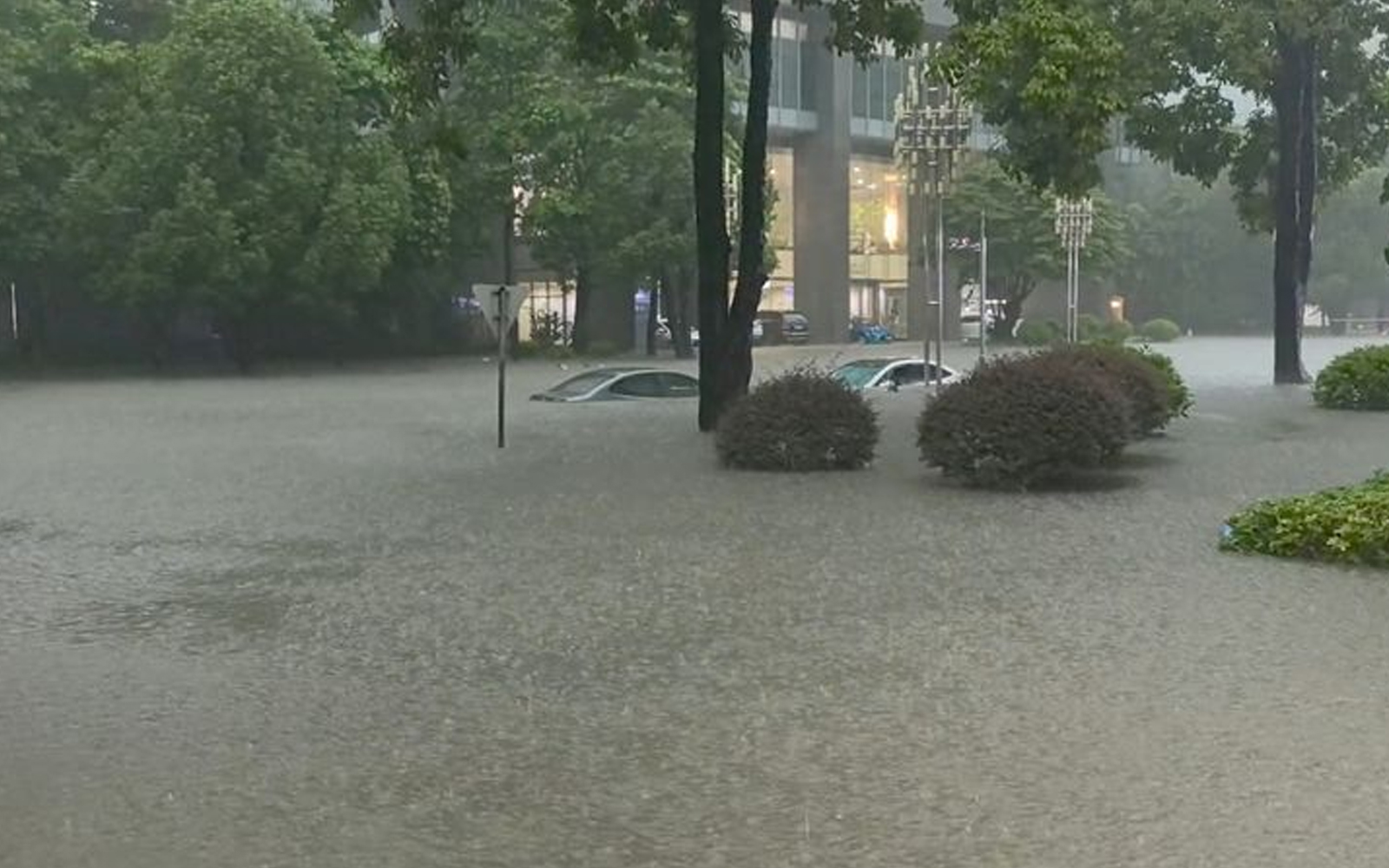
Efforts to save the Aral Sea have been bolstered by close collaboration among the five Central Asian republics.
Kazakhstan announced on Monday that water volume in its section of the Aral Sea has increased by nearly 50% since 2008.
“The volume of water in the northern part of the Aral Sea has risen by 42%, reaching 27 billion cubic meters,” reported Kazakhstan’s Ministry of Water Resources. The first phase of the project to restore the northern Aral Sea began in 2008.
The initiative, funded by the Kazakh government and the World Bank, directed 2.6 billion cubic meters of water from the Syr Darya River into the northern section in 2024 alone. A dam, known as the Kokaral Dam, built in 2005, separates the northern part of the Aral Sea, retaining incoming water. As a result, the water level has gradually risen, salinity has decreased by about four times, and aquatic life has partially recovered.
The recovery effort has also been supported by coordinated water use policies among the five Central Asian nations, with annual water usage quotas established for the Amu Darya and Syr Darya rivers, the Aral Sea’s primary inflows.
The endorheic Aral Sea lies in a dry region spanning Kazakhstan and Uzbekistan. Once the fourth-largest freshwater lake in the world, covering 68,000 square kilometers, it suffered a catastrophic decline due to Soviet-era water diversion projects.
Water from the Amu Darya and Syr Darya rivers was heavily used to irrigate cotton fields, a crop unsuitable for arid regions. This caused the lake’s water levels to plummet dramatically. By 1987, the Aral Sea had split into two separate bodies: the Northern and Southern Aral Seas. Today, the lake’s water area has shrunk to about 10% of its original size.


